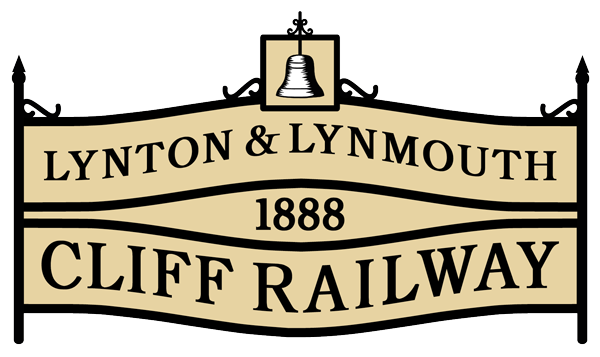Water Power
The Lift works on a simple balancing principle. The two cars are permanently attached to each other by hauling cables that run around a huge 5ft 6" pulley wheel at the top and the bottom of the tracks. There are four cables in total; two hauling cables that carry the weight of the cars and two tail balancing cables that counteract the weight of the hauling cables.
When each car is ‘docked’ with full water tanks the cars are in balance and are ready for loading. Each tank holds 700 gallons of water. As passengers board, variations are accommodated for by the brakes which clamp the cars to the rails. Each cars brakes will hold the weight of both cars fully laden and the lower car has a water operated locking device which clamps the car to the bottom station. The company was formed in 1888 through an act of Parliament with perpetual rights to extract water from the West Lyn River.
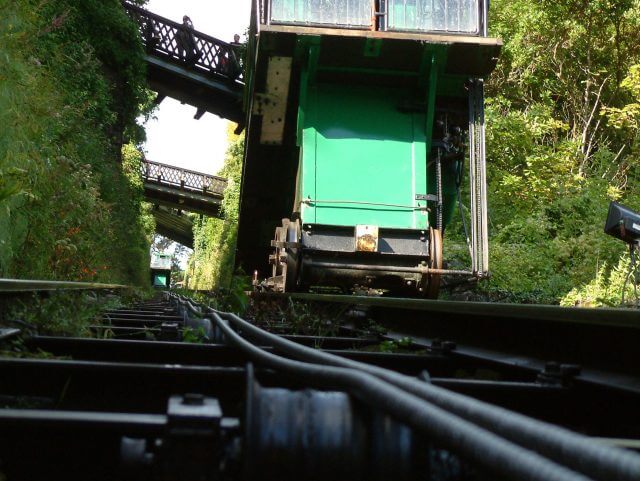
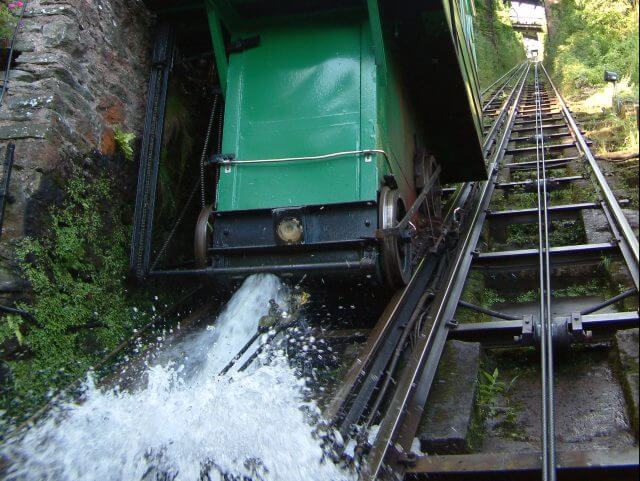
Gravity and Weight
When loaded, the drivers use pre-arranged bell signals, unlock the safety lock and release the brakes. The lower driver discharges water until the top car is heavier. Sometimes this is achieved with the weight of passengers alone and no water is used. The top car then rolls down the rails pulling the lower car up.
Each car has two sets of water operated brakes. The ‘governor’, which in turn, is driven by the main wheels operates one set. The brake shoes press down on the top surface of the rail and actually lift the car off the rail by 2mm, thereby using the weight of the car to provide friction between the rail and the brake shoes. The other set of brakes work in reverse to a conventional brake system, the brakes are permanently on and operate by a large water accumulator via the drivers hand wheel 'The Deadman's Handle'. This means when the cars are unattended, the brakes clamp it to the rails making it impossible to move under any circumstances and the driver has to hold the brakes off during the journey. .
Eco Friendly
The lifts need absolutely no power to operate, water is its motive power. Water is extracted from the West Lyn River more than a mile away and travels through 5" pipes to the top station holding tanks. The company is permitted to extract the water following an act of Parliament formed in 1888. The water used is not altered, damaged or polluted in any way, just used as ballast and discharged onto the beach at Lynmouth about 100 metres away from the river from which it was taken. As the water is not re-pumped to the top then no other machinery or fuel is required. The lifts do not create any emissions, even the brakes are powered by water, and the carbon footprint today has not significantly changed in the last one hundred and twenty years. The Lynton and Lynmouth Cliff Railway remains one of the most environmentally friendly tourist attractions in the world. Find out more about the unique engineering and history of the Lynton and Lynmouth Cliff Railway in our Souvenir Guide available for purchase on site.
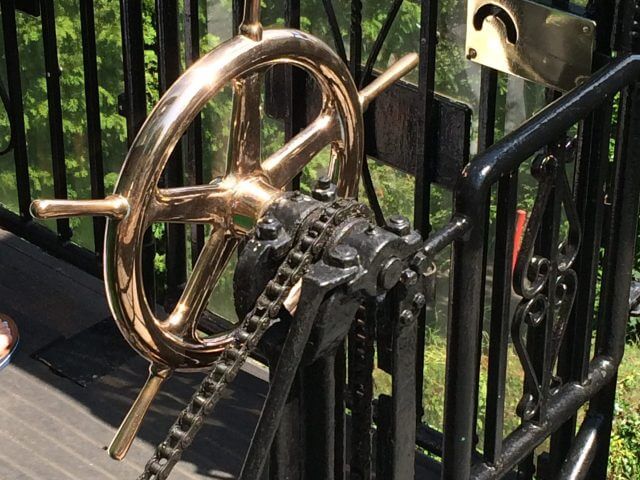
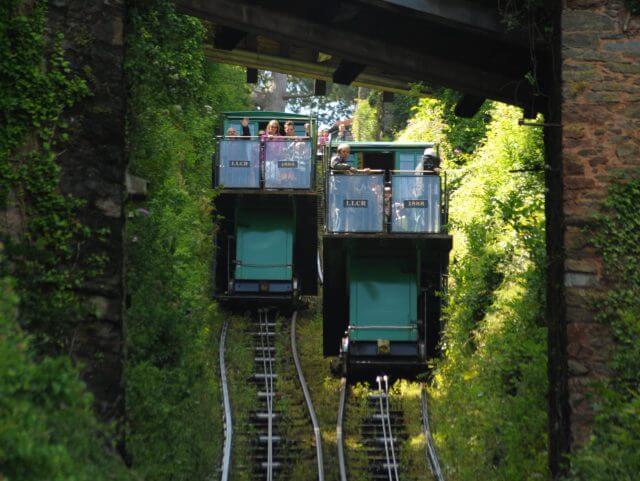
Are we unique?
Yes! The Lynton and Lynmouth Cliff Railway is the only fully water powered railway in the UK. Lifts such as Saltburn Cliff Lift and the Folkestone Leas Cliff Lift have encapsulated water powered systems which means that they need to re-pump the water back to the top using electric motors to be used again. Most Cliff Railways in the UK and the world require electrical power for operation or for re-pumping water.
The Lynton and Lynmouth Cliff Railway is unique to the UK in that no external electrical power is required and we are one of only three fully water powered railways in the world! The other water powered funicular cliff railways are the Elevador do Bom Jesus in Braga, Portugal built in 1882 and the Funiculaire Neuveville-St.Pierre in Fribourg, Switzerland built later in 1899.
Get In Touch
- Lynton & Lynmouth Cliff Railway
The Esplanade, Lynmouth
EX35 6EQ
